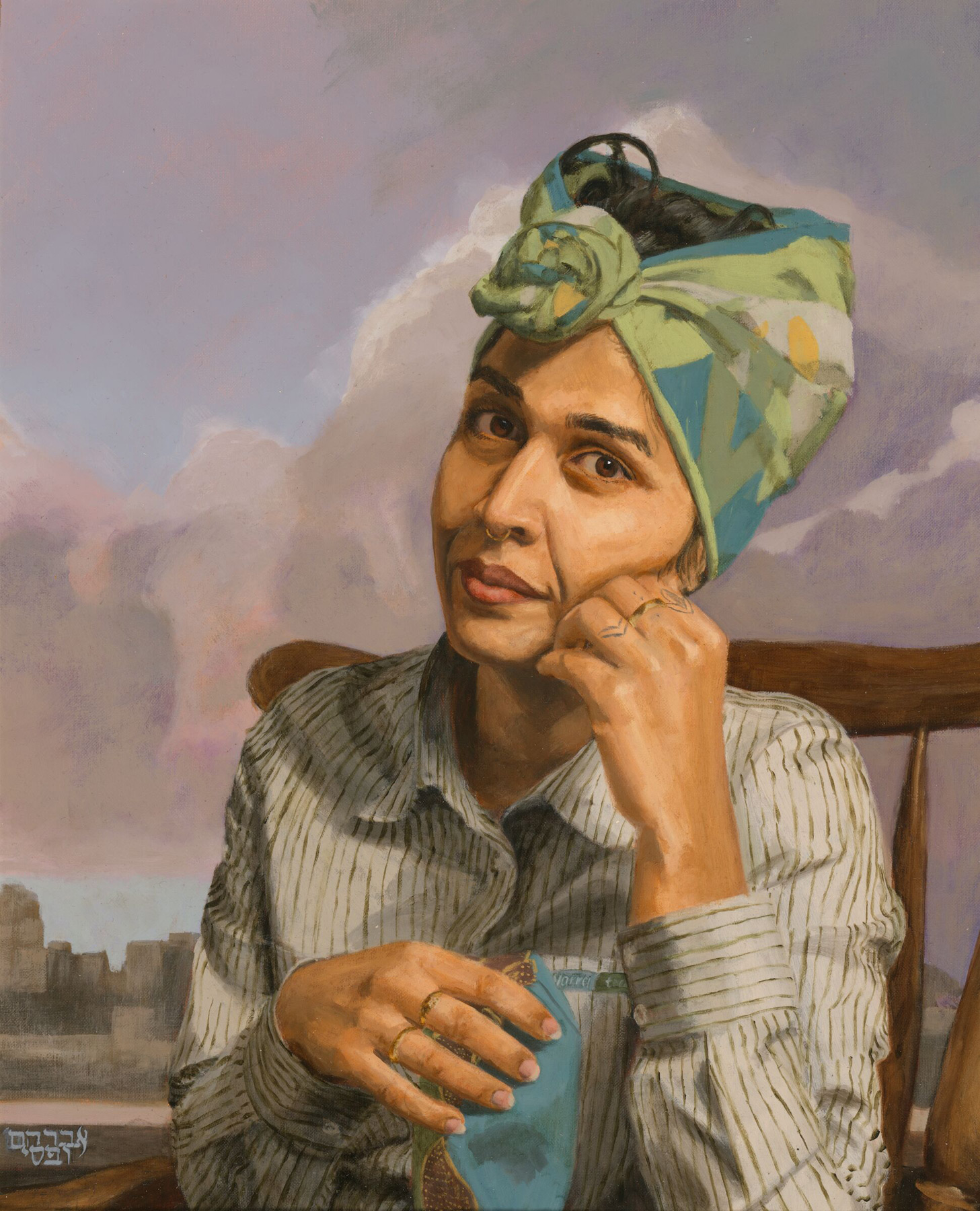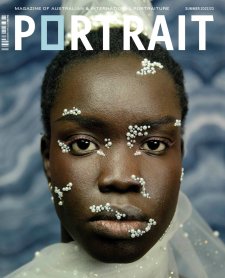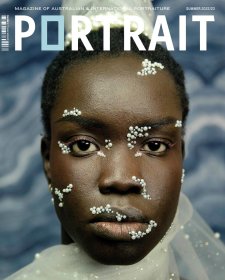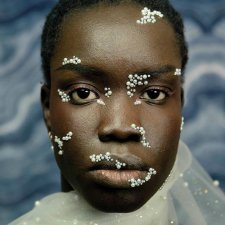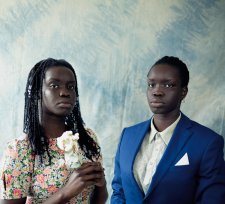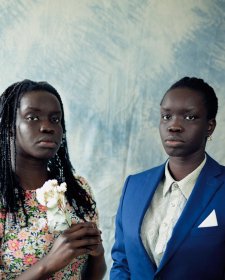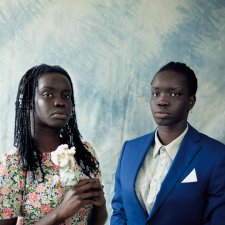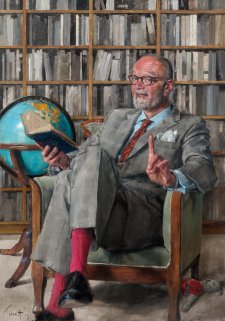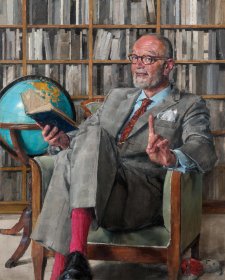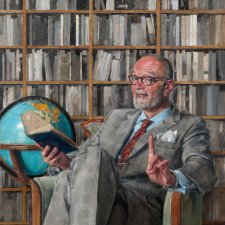For me, portraiture is all about connection. If we can connect deeply to another person’s story, it can be a profoundly moving experience: it helps us to understand a different way of looking at the world and our own place in it. When we view a portrait, we are able to feel close to the sitter, but at the same time we are also viewing the artist looking at the sitter – and all the hours that went into creating the work. We are witnessing an act of creation, but one that is perpetually being created by viewing.
During 2020–21 I painted a series of eleven portraits exploring the lives of workers who were deemed ‘Essential’ and had to continue working during the covid-19 lockdowns. In particular, I was interested in what it was like for the people with jobs that didn’t get much press attention. So often I would see empty trams while having my morning walk around the block, and I thought that it must be such a surreal experience for the drivers.
When I first reached out to Lucinda, I wanted to talk to her about her experiences at Yarra Trams. But soon, we connected over our upbringing as ‘Third Culture’ kids – people who grew up in another country to our parents. Even though the bounds of the portrait series were very work focused, I still wanted to include her heritage and family story because that’s part of who she is.
Lucinda and I spent time together talking about the important parts of her story and how to visualise that in a portrait. We went back and forth on some sketches to find the general layout and composition of the piece. I filmed an interview of her story and took photos for the finished work. It’s important for me that the sitter gets to be in charge of how they are represented in the painting, so it feels more ‘themselves’.
Dedicating a whole year to this project made me reflect on my own and others’ experience of the lockdowns. There are so many stories, and I learnt something from each person. Each of us have our own understanding of this time, but our experience together is what will endure. It is perhaps summed up best by Shae, a high school teacher featured in the series: ‘We all need each other, that’s the lesson of the pandemic.’
